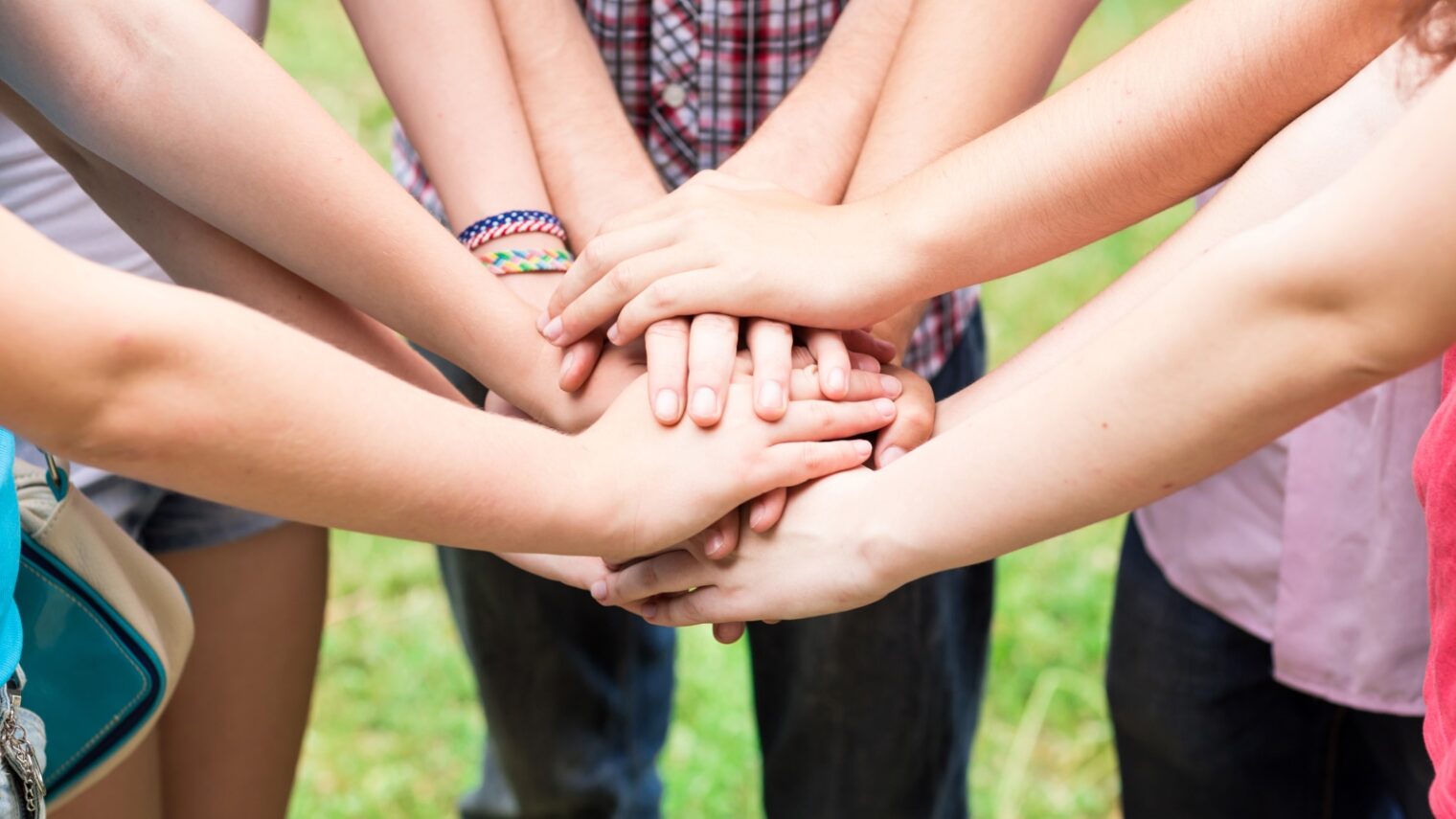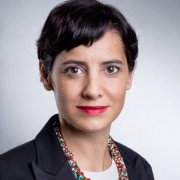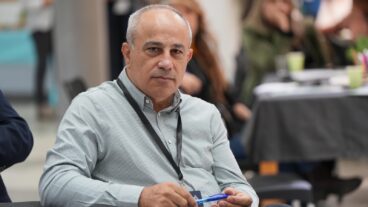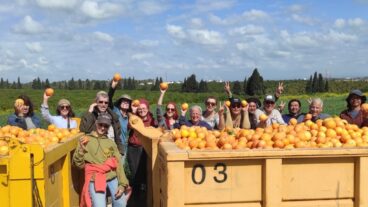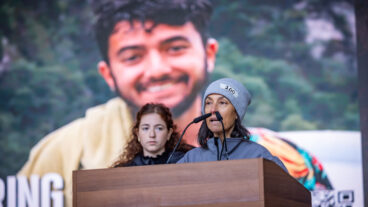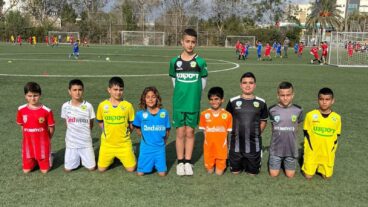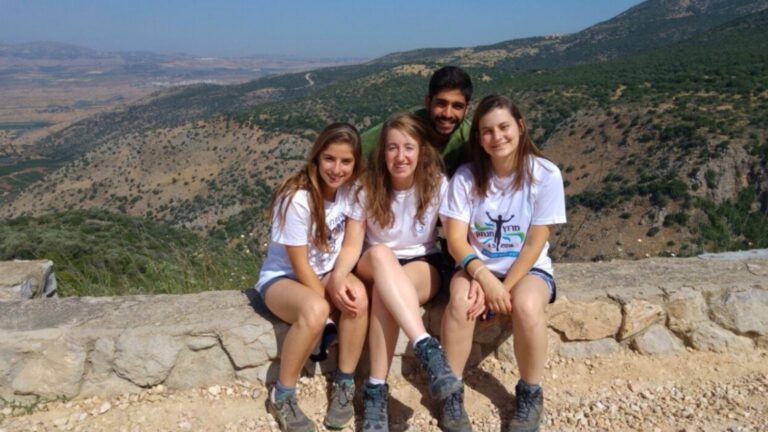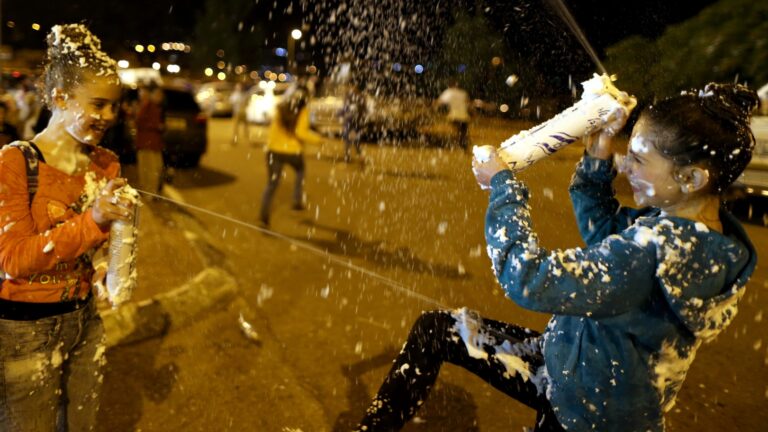It was the seventh UN Secretary General and Nobel Peace Prize Winner Kofi Annan who said, “Young people should be at the forefront of global change and innovation. Empowered, they can be key agents for development and peace.”
Israel’s young people embody that vision.
Like the Tzofim (Scouts) youth movement described in my recent post, all social activities involving Israeli teens share a common denominator: Youth are expected to take responsibility for how society looks today and how it will look in the future.
Join me on an inspiring journey through some of Israel’s unique social activities driven by youth who are shaping the present and future.
Our journey begins with Adi Altschuler. At 12, Adi started volunteering at ILAN, an Israeli NGO for children with physical disabilities. She became close to Kfir Kobi, a three year-old child with cerebral palsy, and noticed that Kfir longed for friends to hang out with. There was no existing structure to facilitate these interactions.
In 2002, at the ripe age of 16, Adi joined LEAD, a non-profit youth leadership organization that provides Israeli teenagers with experience in planning, implementing and managing community projects. Within this framework, Altschuler launched Krembo Wings.
She began by organizing activities for Kfir and his classmates, arranging everything from transportation to communicating with parents.
Years later, as the president of what became a large and renowned youth movement, she related: “When people ask me why I established Krembo Wings, I always reply the same way: so that Kfir, and children and youth like him, can have a social life; so they’re not lonely; so they have the same opportunities as everyone. But actually, it’s not just for them, it’s for me, it’s for us, so that we’re not alone.”
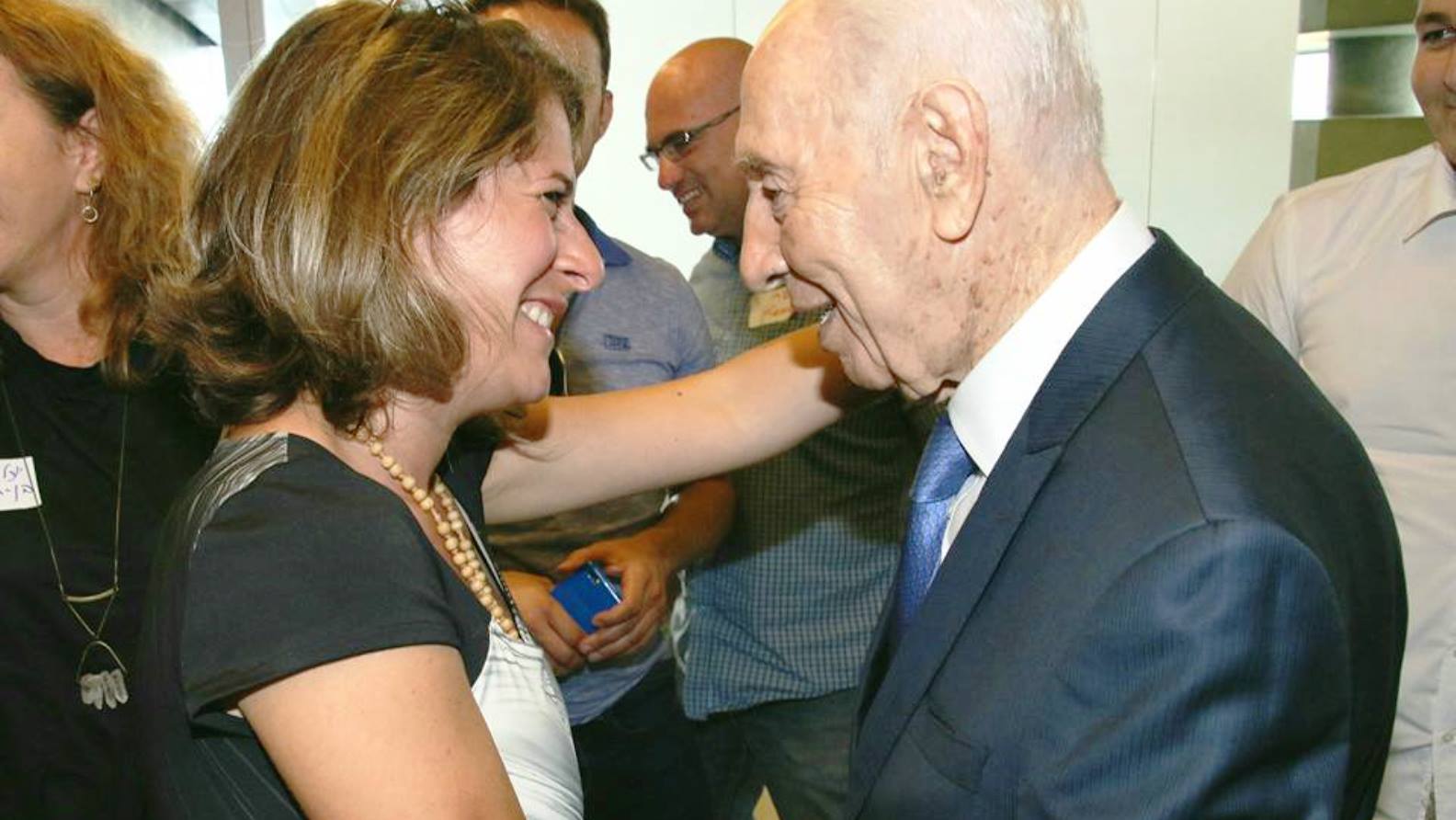
Krembo Wings serves more than 4,000 youths ages 7 to 21, in 47 branches in communities across Israel. Its leaders are not trained caregivers, but 14- to 18-year-old Israelis.
“In the beginning, we were just a bunch of 16-year-olds. We didn’t have a vision or strategy or business plan,” said Altschuler a few years ago.
In 2009, Altschuler and Krembo Wings received the Presidential Award for Volunteerism. In 2014, Altschuler was elected one of the six future world leaders by TIME magazine, and spoke at the UN about social entrepreneurship as a vehicle for growth in developing countries.
This is an entire organization built on the idea that youth should take charge of the society they live in.
“You feel that you’re in charge of something important and it makes you grow up fast,” says Shir Lazarovits, former head of the Modi’in branch of Krembo Wings. “You learn about management and how to deal with the difficult situations. Adults tell me they had to get to 30 before being in a position of responsibility over so many people.”
Luckily, Adi Altschuler is not the only one of her kind.
MDA
Magen David Adom (MDA) is another organization that relies on youth leadership.
MDA serves as the Israeli Red Cross. Like Red Cross organizations across the world, MDA trains nurses, coordinates blood donations, helps the disabled, the needy and the elderly, and provides ambulance and rescue services.
In Israel there is one major difference: out of MDA’s 14,000 volunteers, 8,500 are teenagers aged 15 to 18!
This is not a typo: More than 60 percent of the volunteers of the Israeli Red Cross are teenagers. They invest more than 1,500,000 hours of volunteering per year.
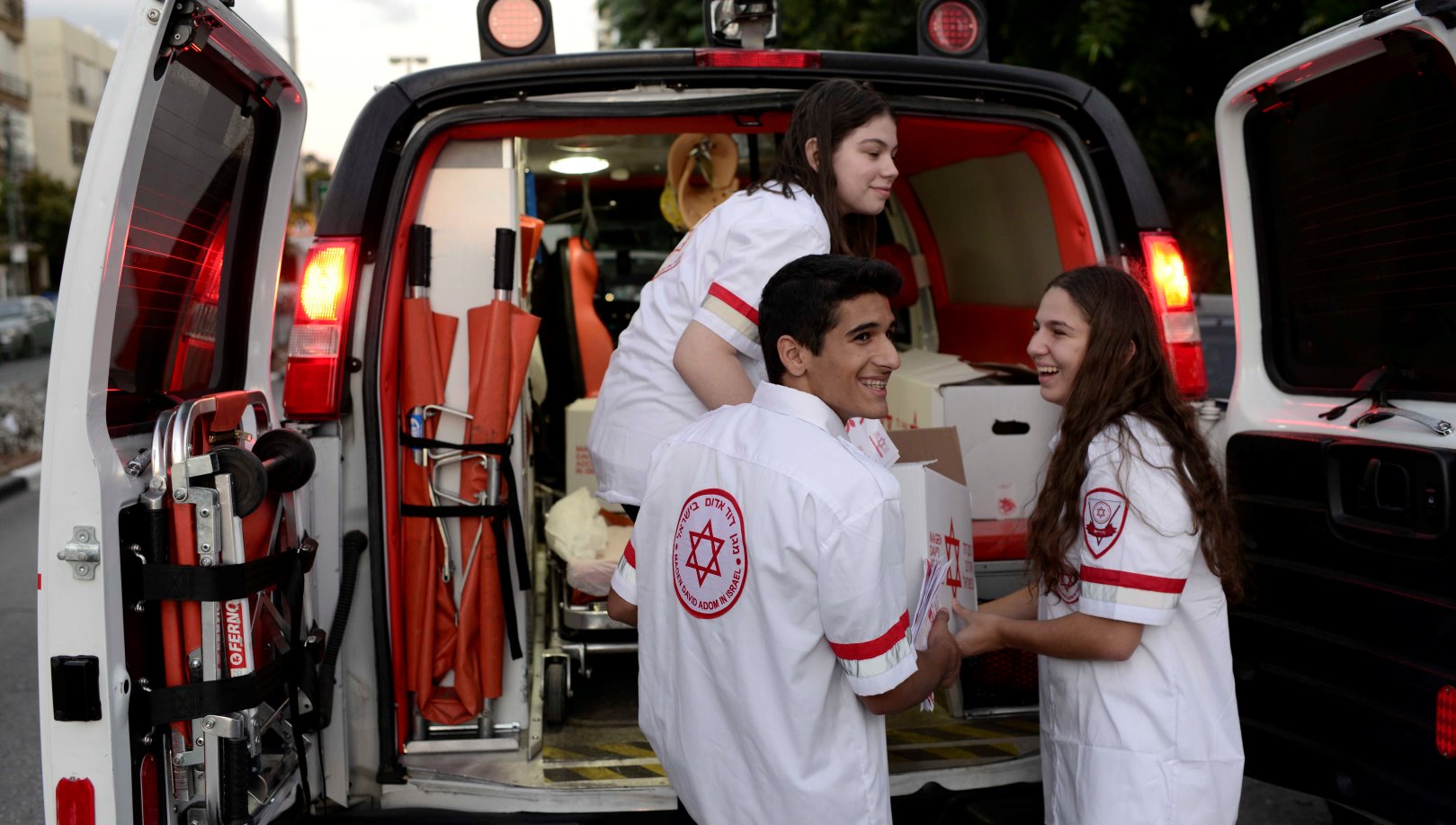
Israeli youth have been participating in MDA’s operational activities since its establishment in 1930: from youth brigades in the 1948 War of Independence, to evacuating casualties during wars and murderous attacks in the 1970s, and in the unprecedented terrorism of the 1990s.
Unlike youth Red Cross volunteers in other Western countries, Israeli MDA youth perform advanced-level CPR; save people injured in car and work accidents; and care for the critically sick.
At the end of their first year, the youth volunteers are eligible to participate in a summer course to be trained as “madrichim” (guides). These kids ultimately take on more responsibility such as supervising the training of volunteers, coordinating shifts and more.
In recent years, questions have surfaced regarding youth’s extraordinary involvement in Israel’s ambulance service infrastructure. Can they handle it? Should youth be charged with such grave social responsibility?
Regardless of the claims on either side of the debate, the fact remains that Israeli youth are highly involved, physically and emotionally, in all medical events in Israeli society.
LEAD
Another such organization is LEAD, an apolitical association dedicated to cultivating young leadership in Israel. Considered a globally unique project, the program focuses on youth-oriented methods developed and implemented by an interdisciplinary group of experts from the fields of social leadership, psychology and education.
Once they reach 16 years old, youth can join the program regardless of background. The two-year training initiative for the “ambassadors” comprises trialing independent projects – from conception to planning, execution and management – that are socially oriented and implemented in communities and private spheres.
Upon graduation (corresponding with the end of high school), the “chanichim” (apprentices) join the graduate community and continue to be active until age 34 (the current age of the first alumni). In fact, the alumni program makes LEAD the longest leadership-development program in the world.
Like other youth movements in Israel, LEAD aims “to encourage youth to develop leadership that is critical, moral and brave, characterized by public and communal responsibility, that is visionary and democratic.”
LEAD uniquely facilitates meetings and trainings with leading professionals from fields such as academia, science and social sciences, business, government, education and more, who dedicate their time to educating the future generation of leaders, even if they are only 16 years-old.
Gvahim, Magshimim
We met Gvahim (Heights) and Magshimim (Accomplish) in my piece about skills for innovation. Now let’s look at these programs as youth organizations.
“The programs stem from a lack of human resources at the military cyber branch. There just weren’t enough people who were capable of doing the job,” says Sagy Bar, CEO of the National Cyber Education Center.
“The irony of the programs’ success is that in 2010 hardly anyone saw the need for them, but by 2013, the Ministry of Defense was already lobbying for them and its leaders personally strove to nationalize them.”
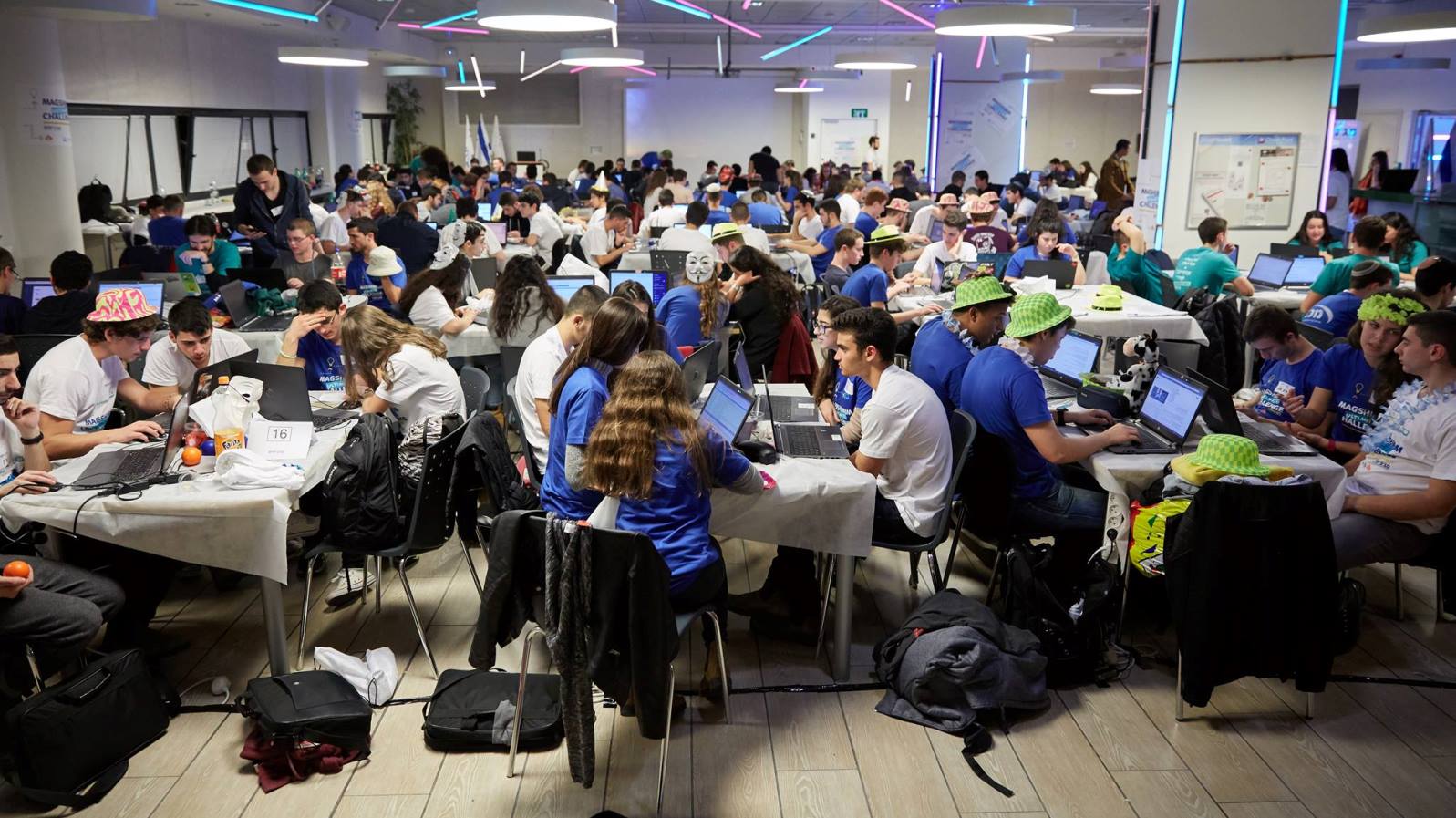
These programs today are an integral part of the Israeli culture. Companies are requesting program graduates and even donating to these programs to invest in the future engineering and cyber workforce.
“This, to me, is the essence of entrepreneurship – to identify a problem, come up with a solution, and make that solution not only relevant, but vital,” says Bar, who manages the programs as part of his work at the Rashi Foundation.
Programs like Gvahim and Magshimim demonstrate the extent to which Israeli youth are seen as colleagues.
“This attitude views children as people with an incredible ability to absorb, understand and deal with challenges. We encourage their creativity and entrepreneurship, then we let go and see what happens. They always take it much farther than we’ve ever imagined,” says Bar.
Although it started out as a government-sponsored program, today Magshimim has become kind of a youth movement in which the graduates and the 17-year-olds are training the 10- and 11-year-olds.
The children in Gvahim and Magshimim are not obligated to join a certain military branch, nor do anything with their skills in the future.
“It’s another opportunity, another key to success, which we give them as early as their high school years,” says Bar.
Being part of the broader Israeli community is intertwined in the core values and philosophy of youth movements. There are countless examples of volunteer work being undertaken by the Tzofim, MDA, LEAD and many other youth movements.
Beyond volunteering and creating social value, the most striking feature about this phenomenon is the perception of youth in Israeli society. They are not the future; they are the present.
Inbal Arieli was a lieutenant in the elite IDF intelligence 8200 unit and later took leading roles in the Israeli high-tech sector. She is a senior advisor to Start-Up Nation Central and is currently co-CEO of Synthesis. Featured as one of the 100 Most Influential People in Israeli High-Tech, Inbal is working on an exploration of how Israeli culture breeds entrepreneurs from a young age. You can follow her on her blog or on Twitter, Facebook and Medium




